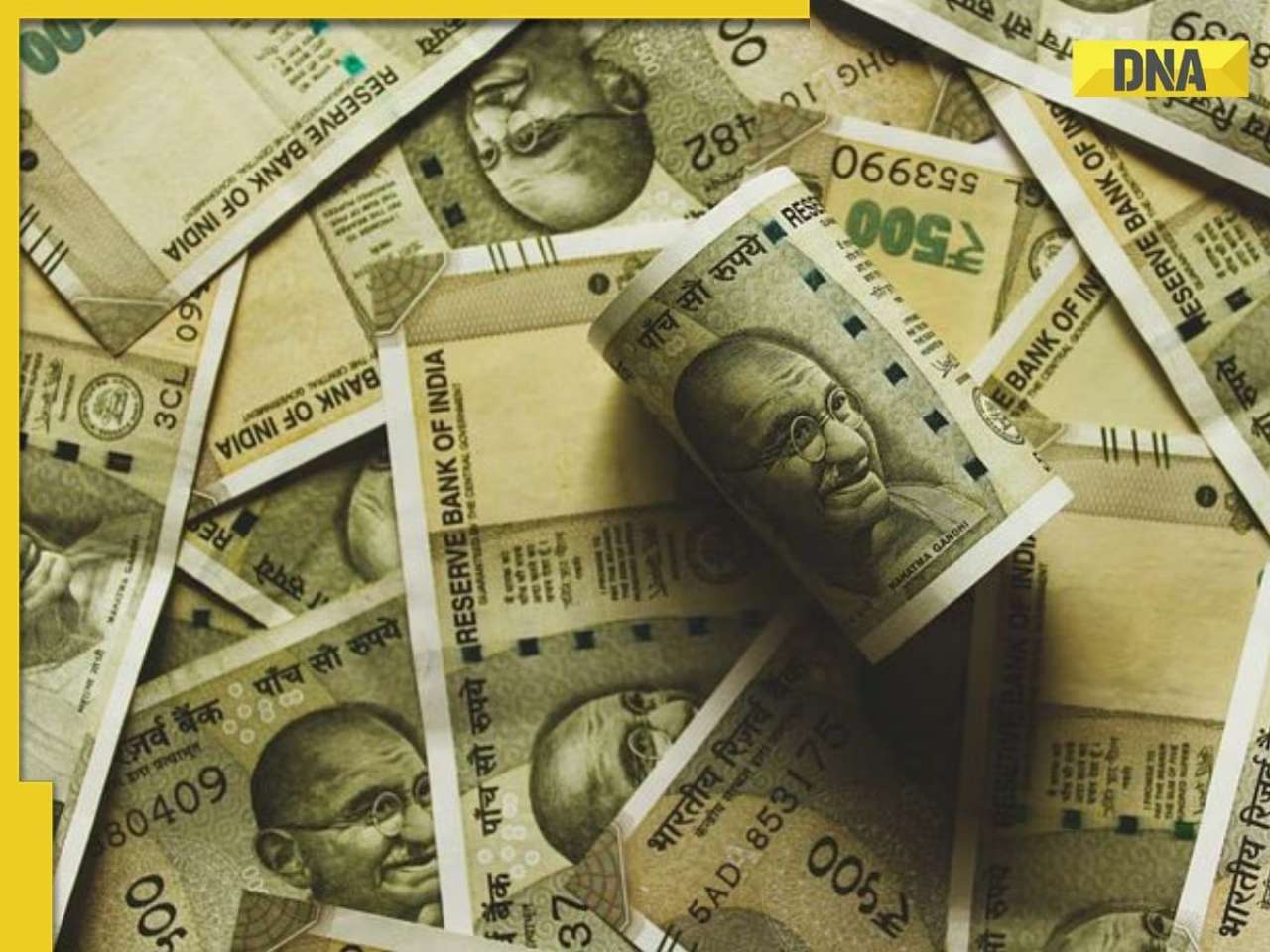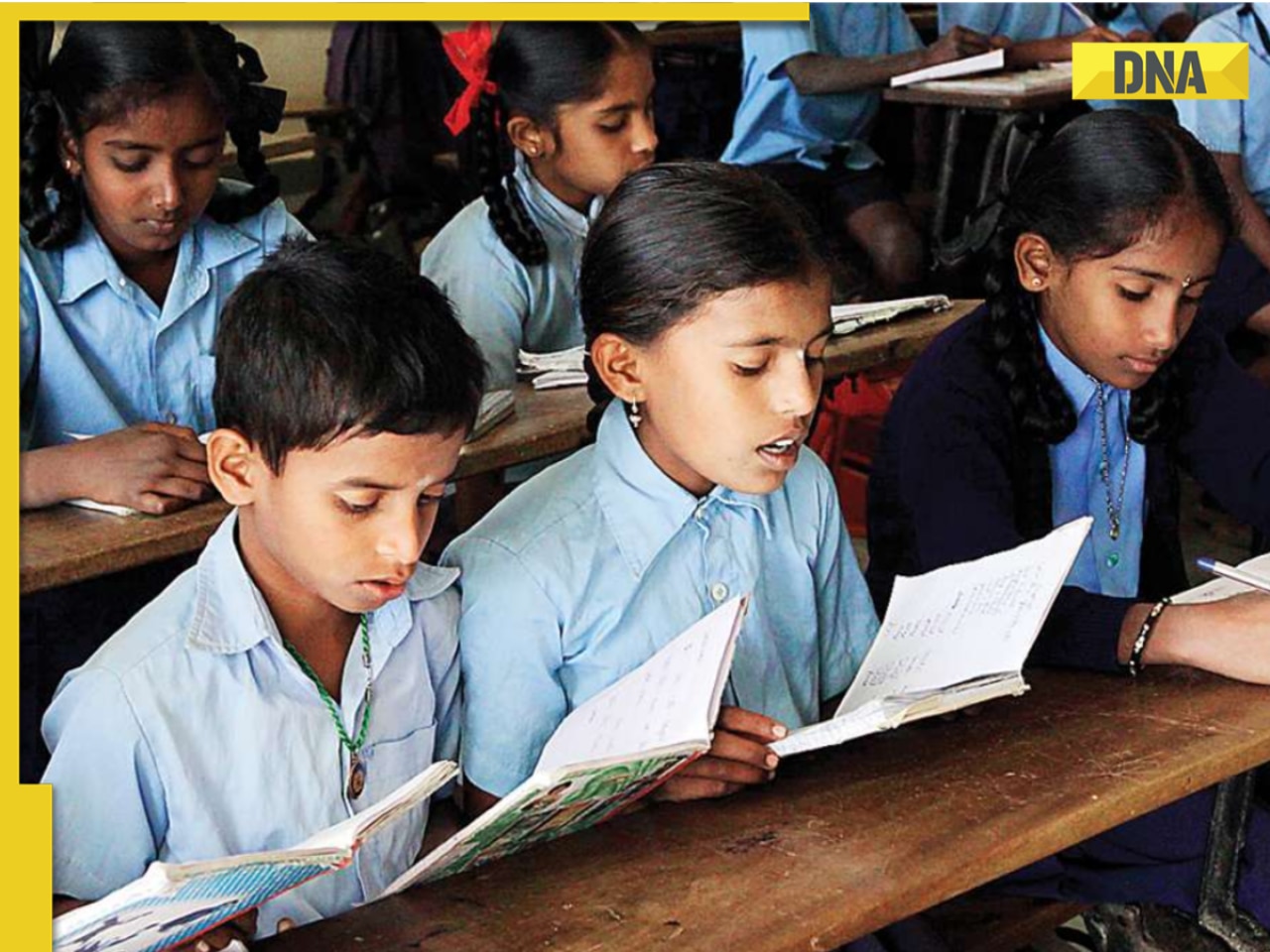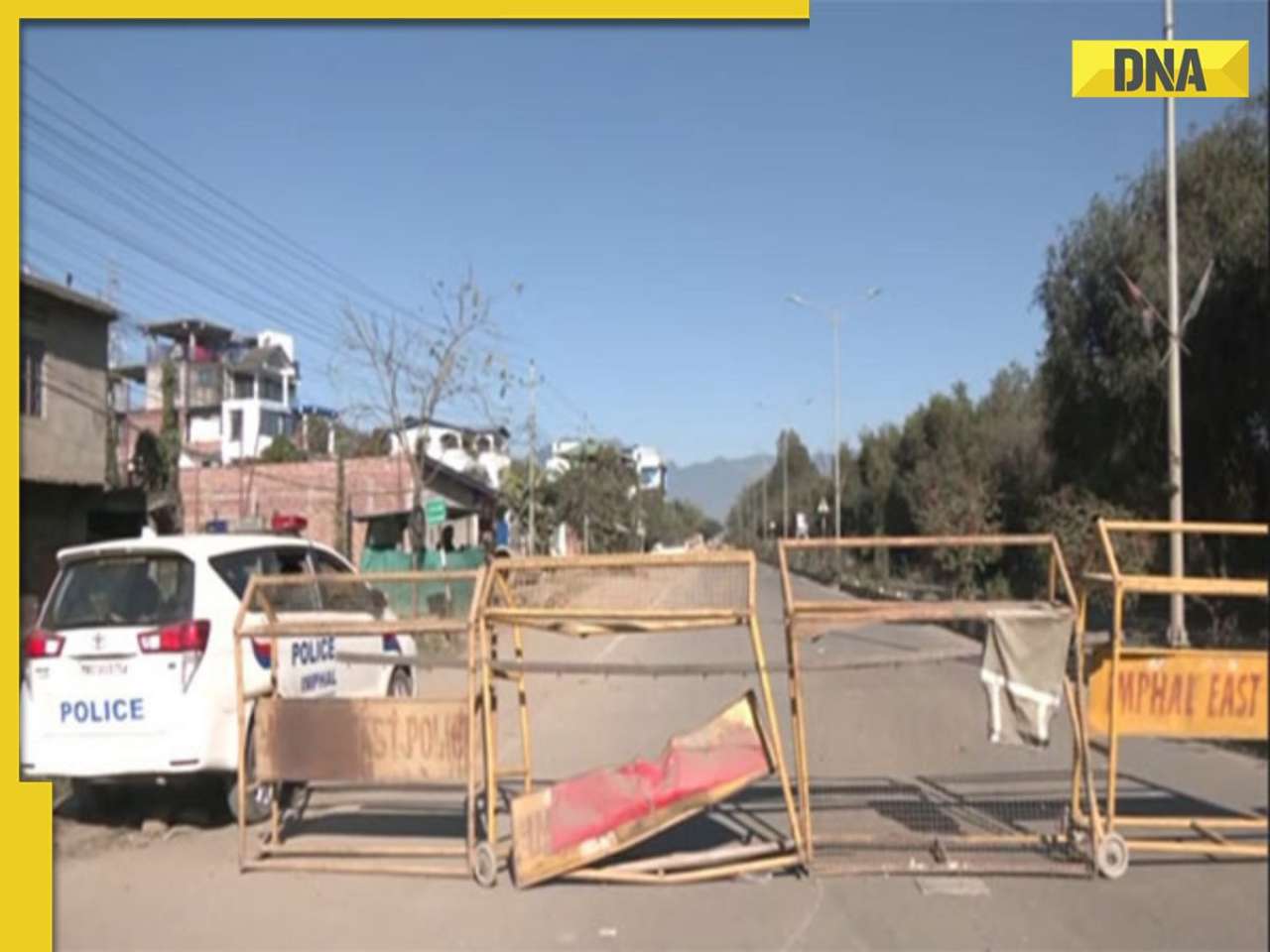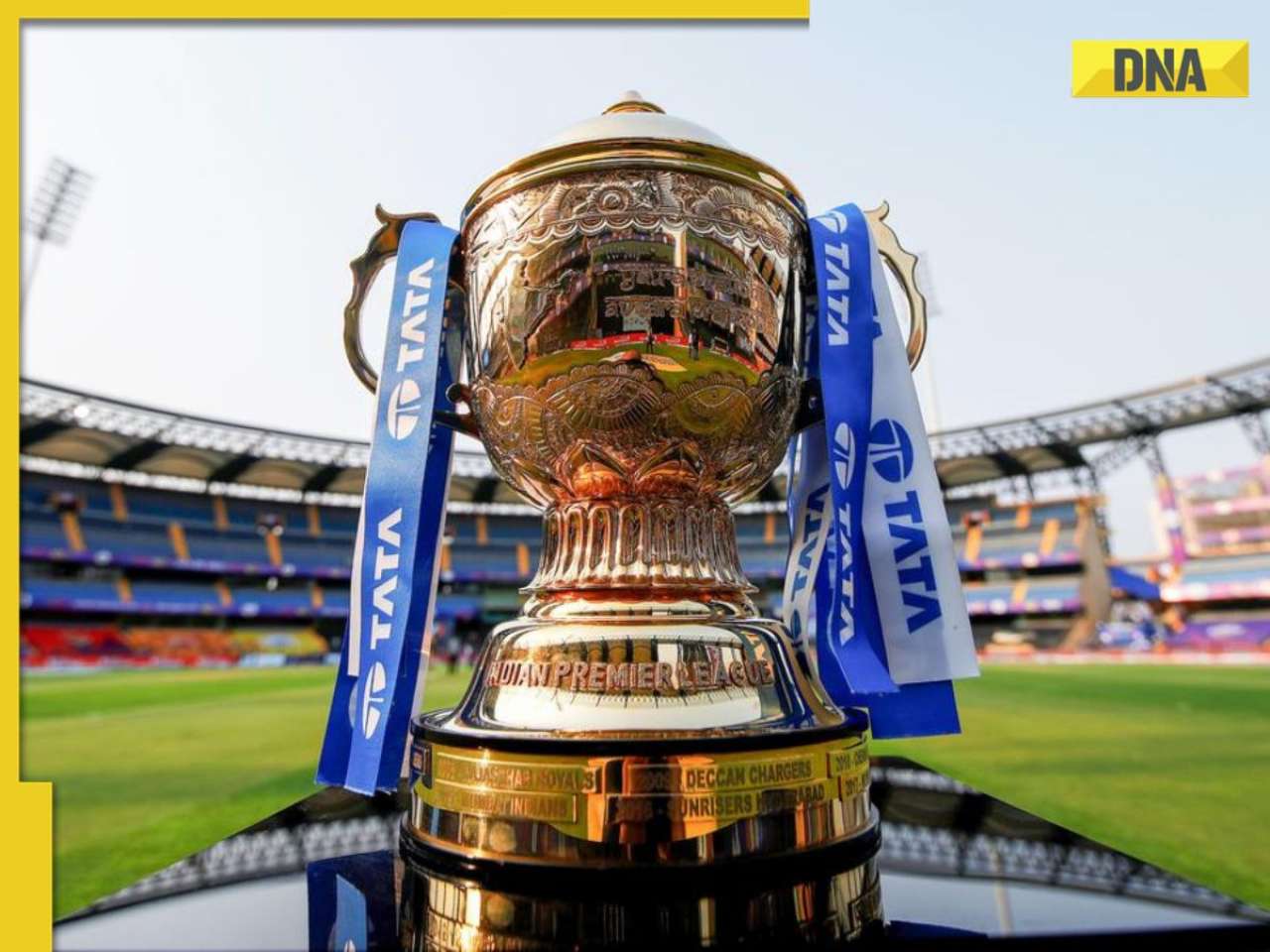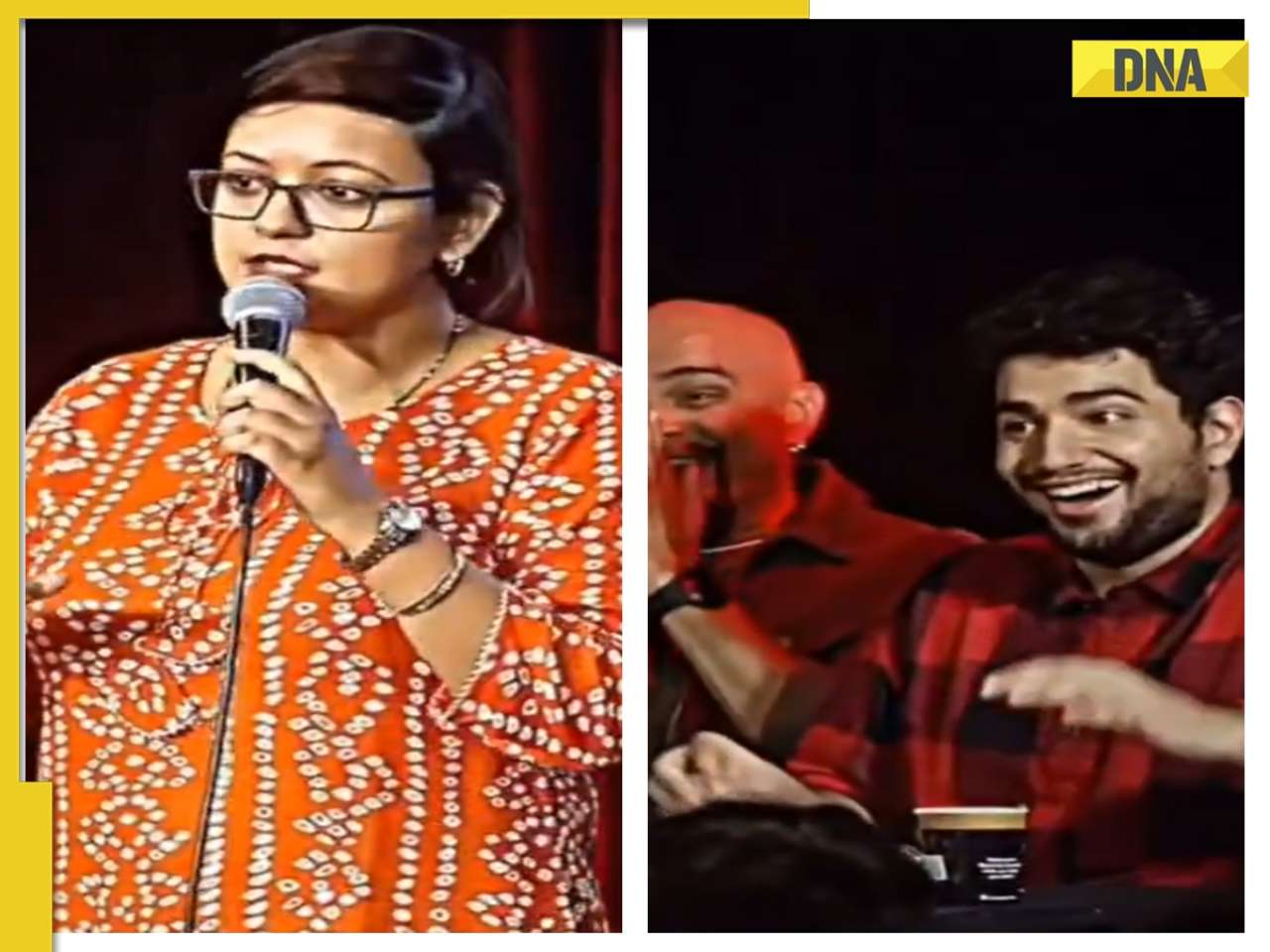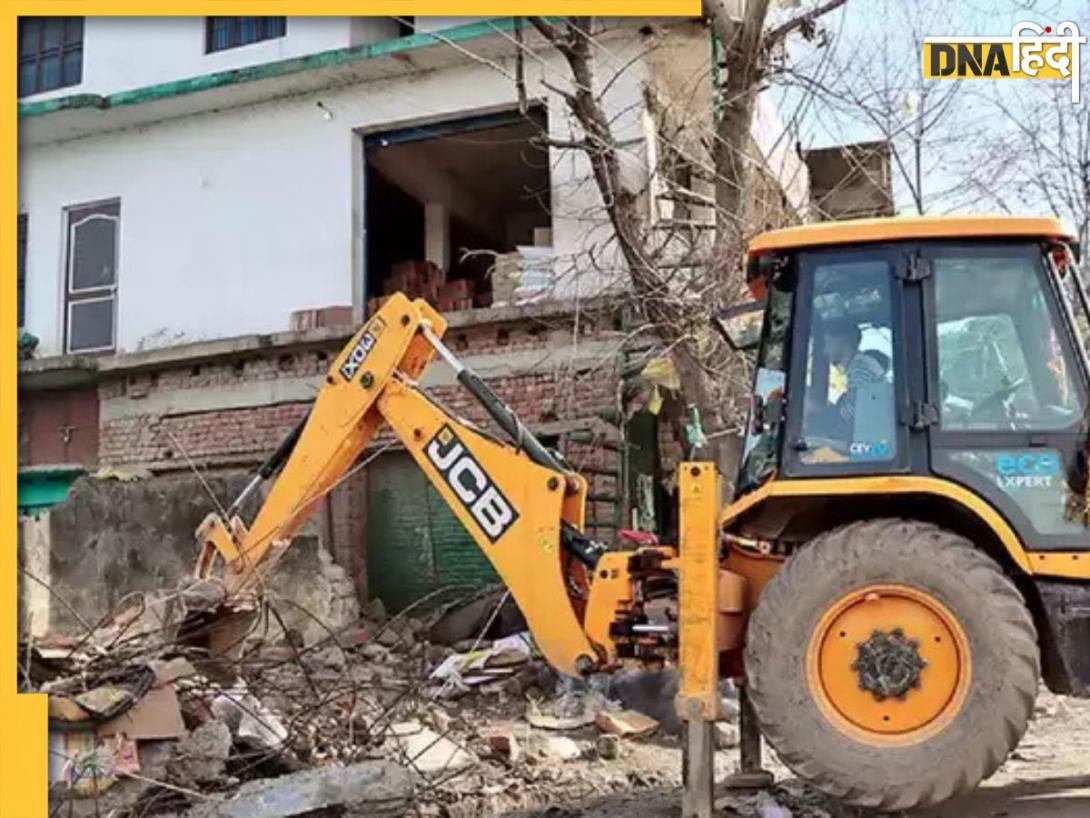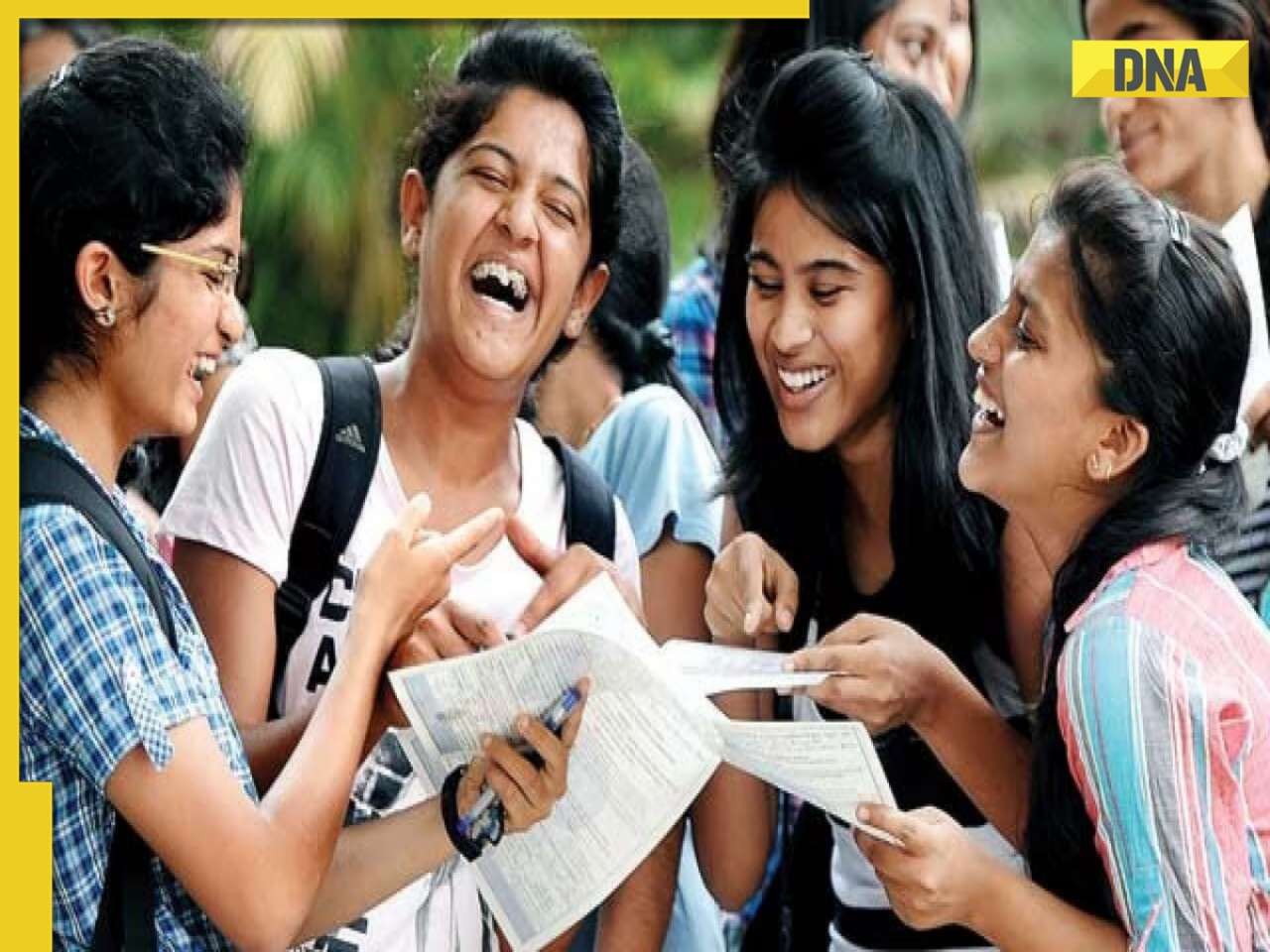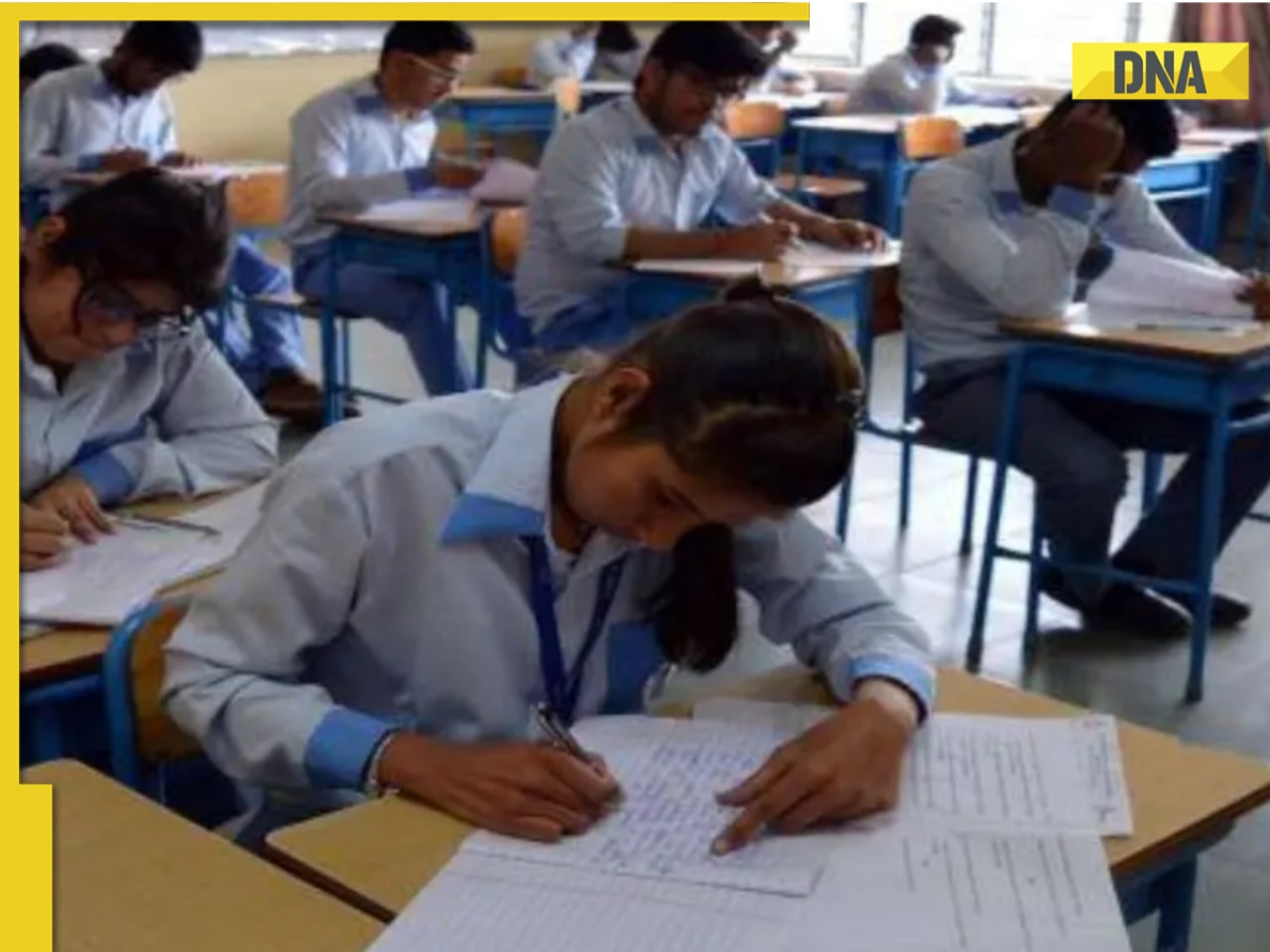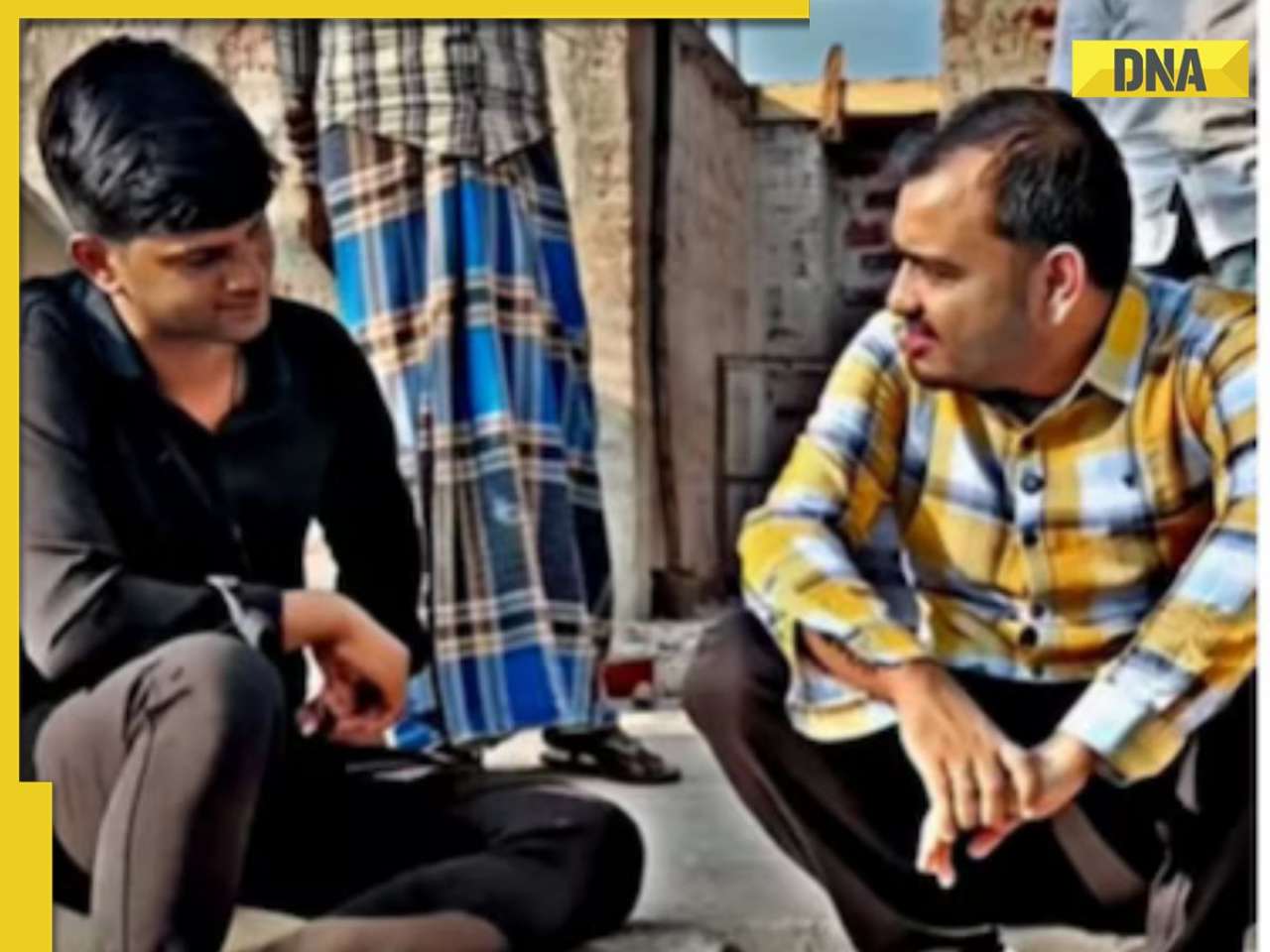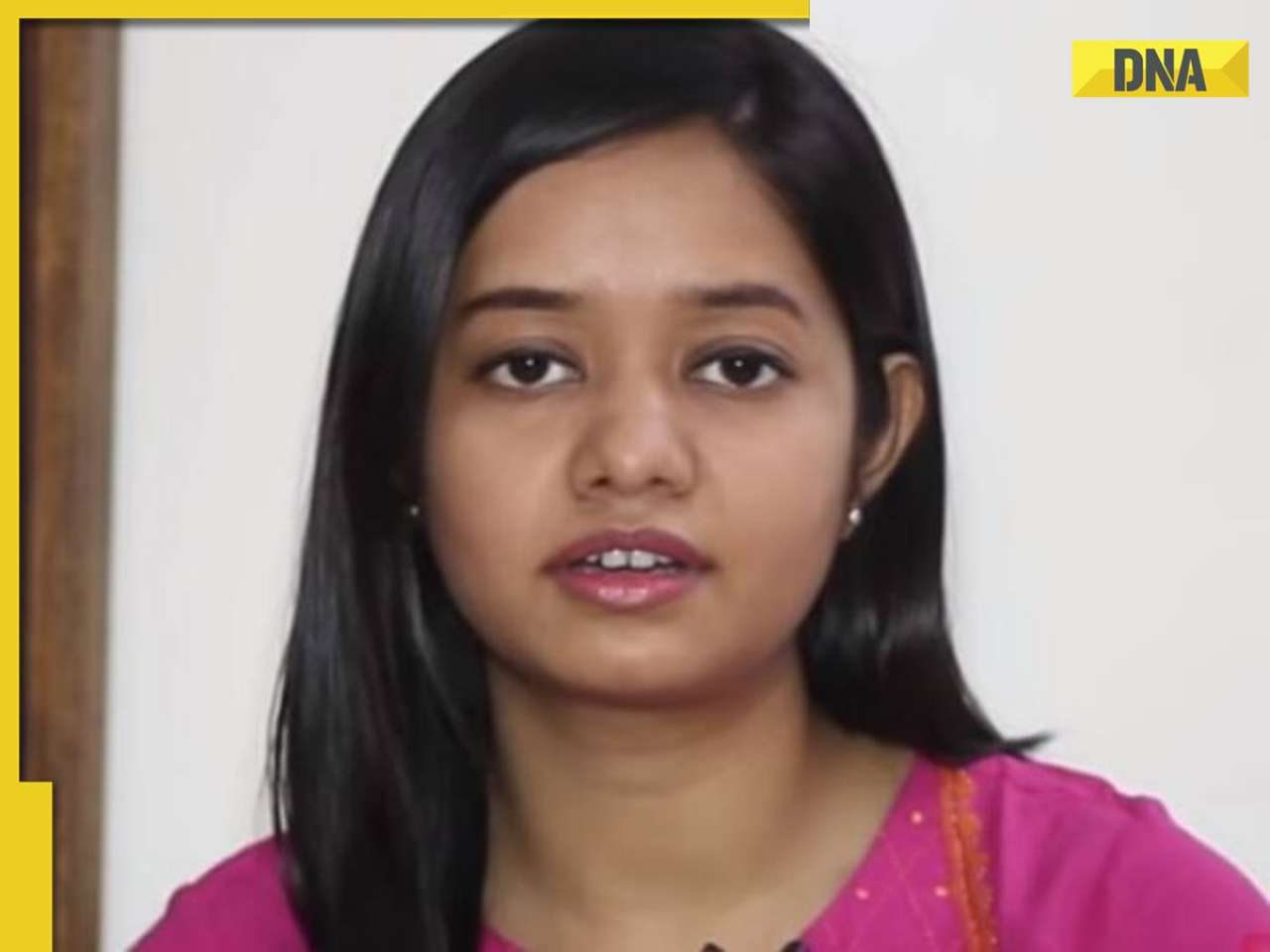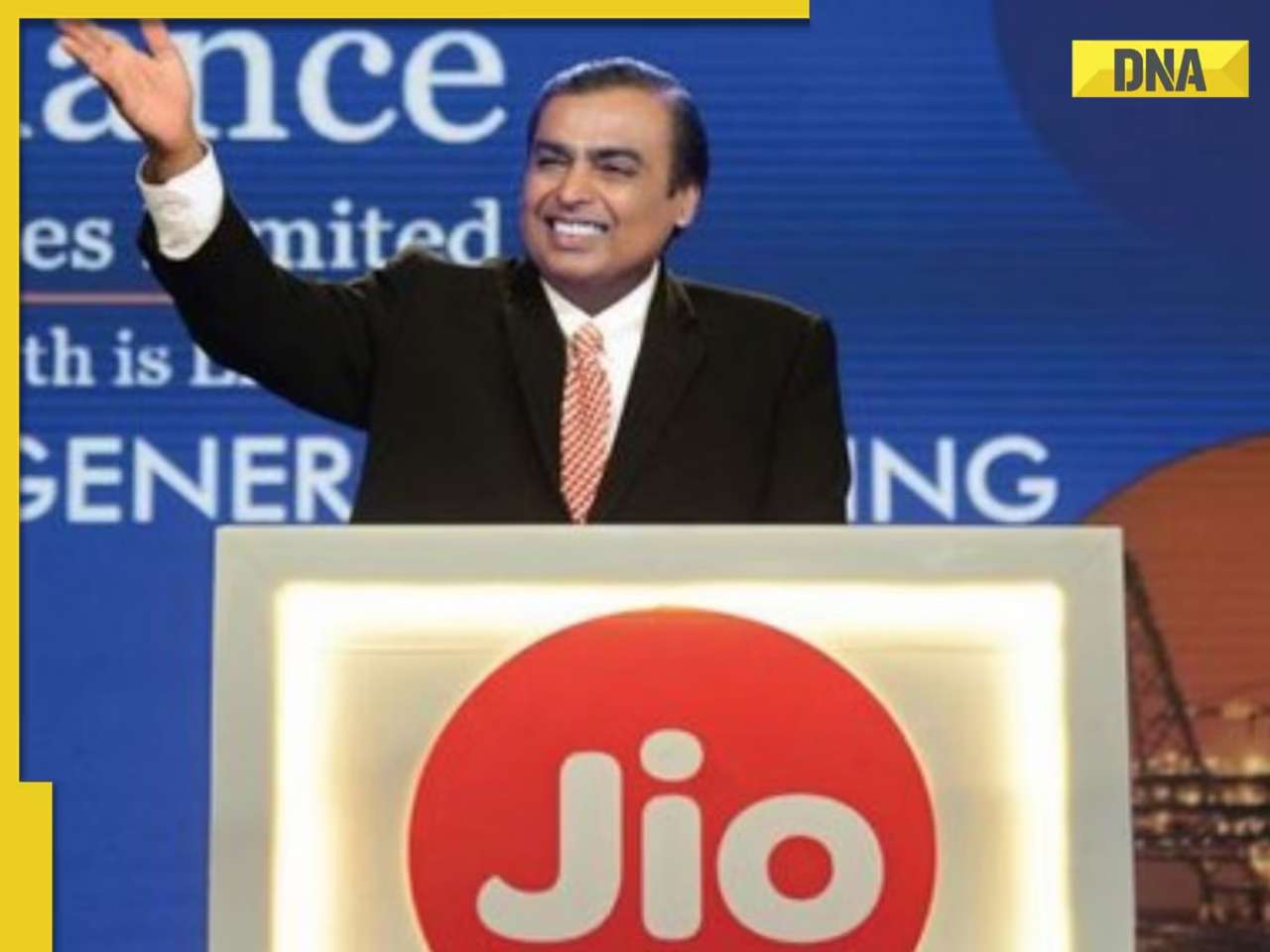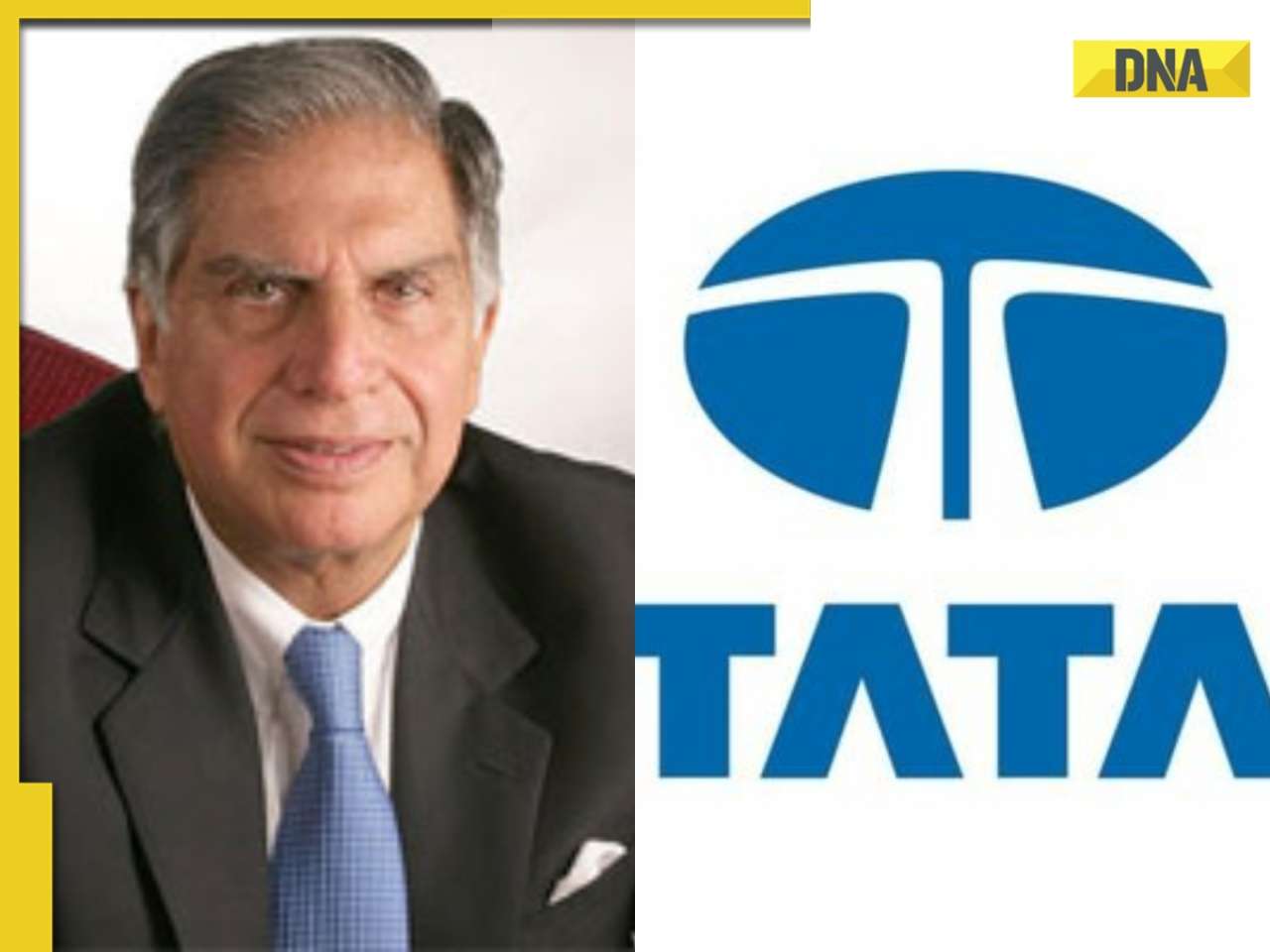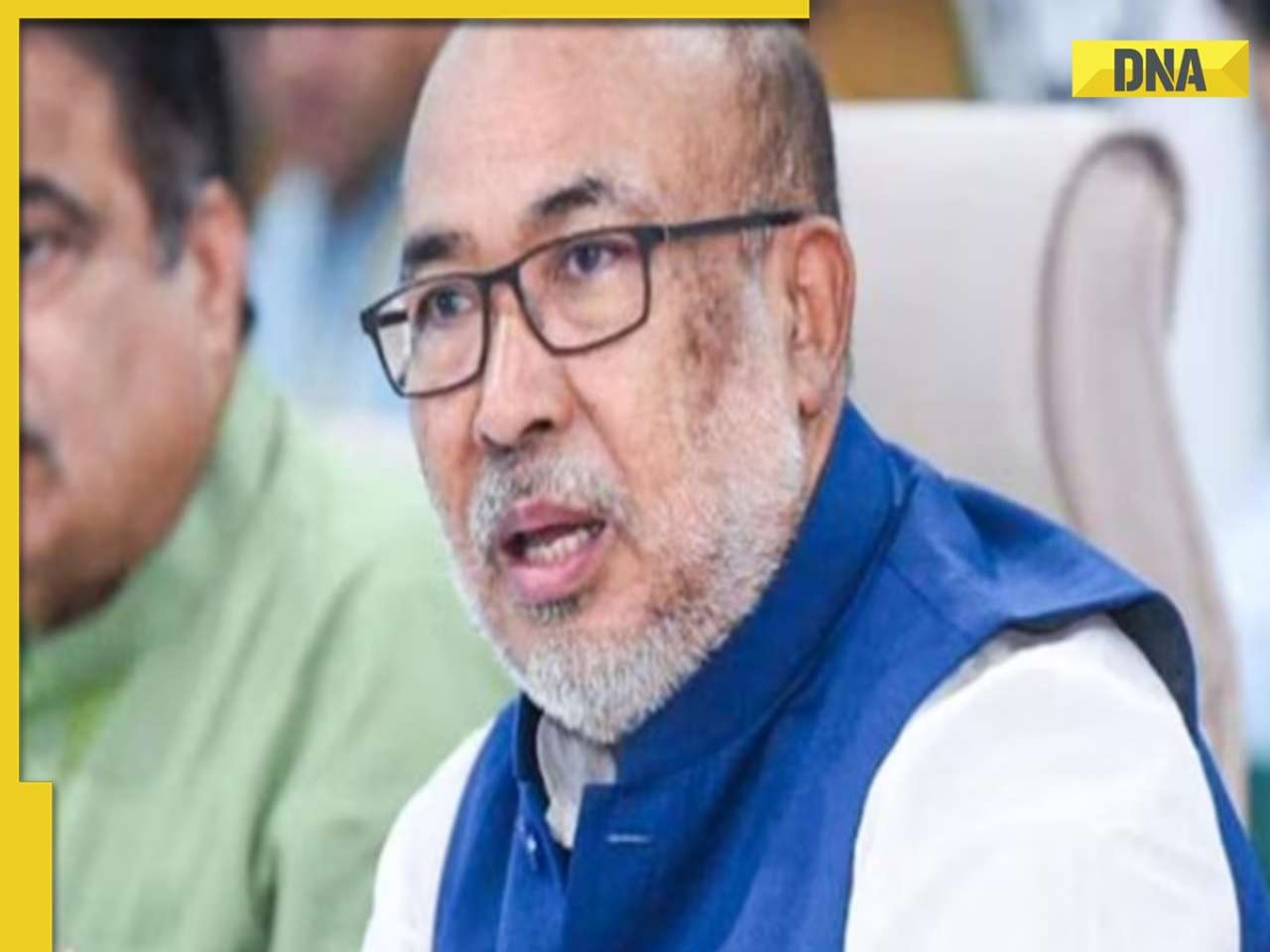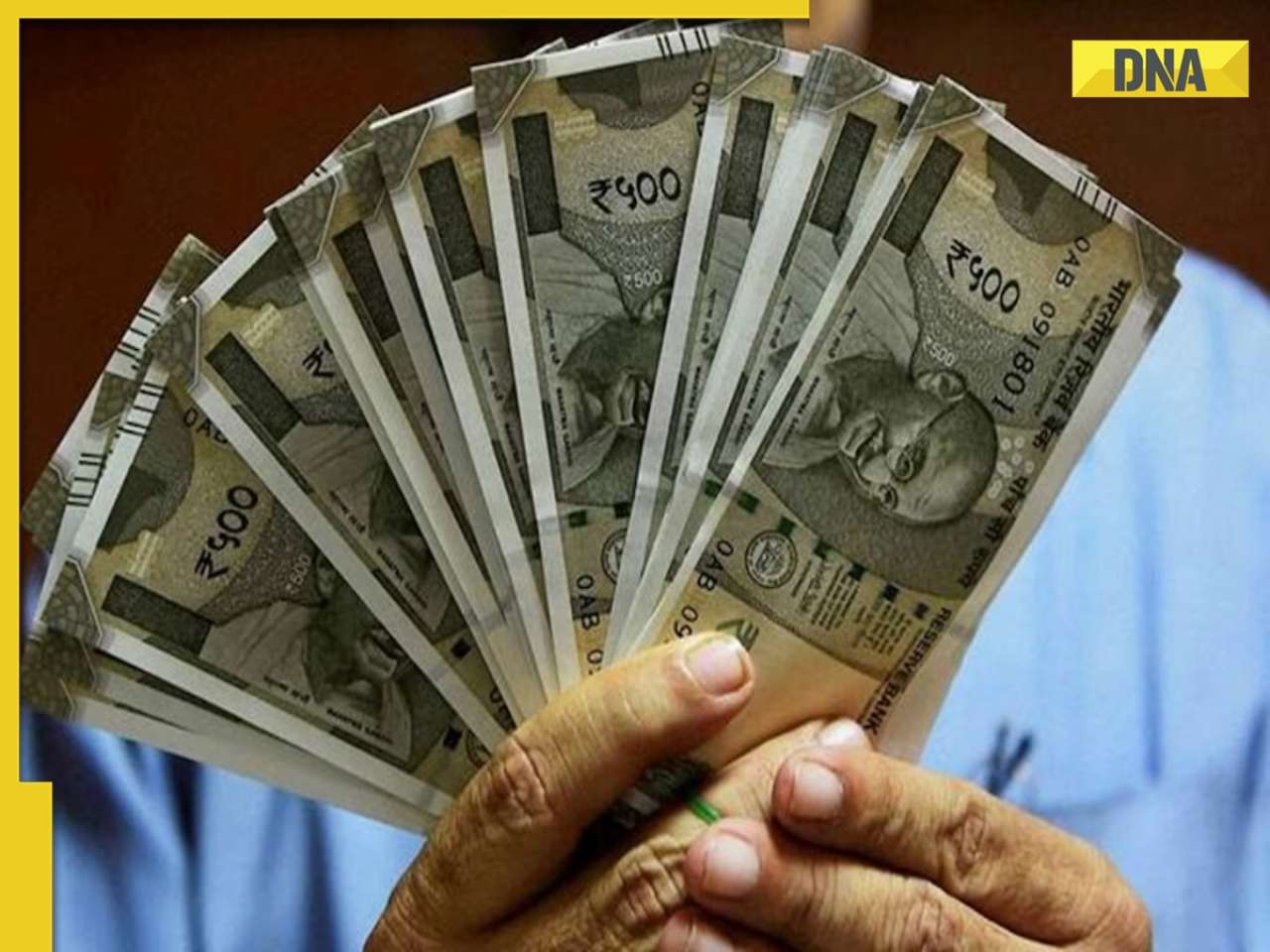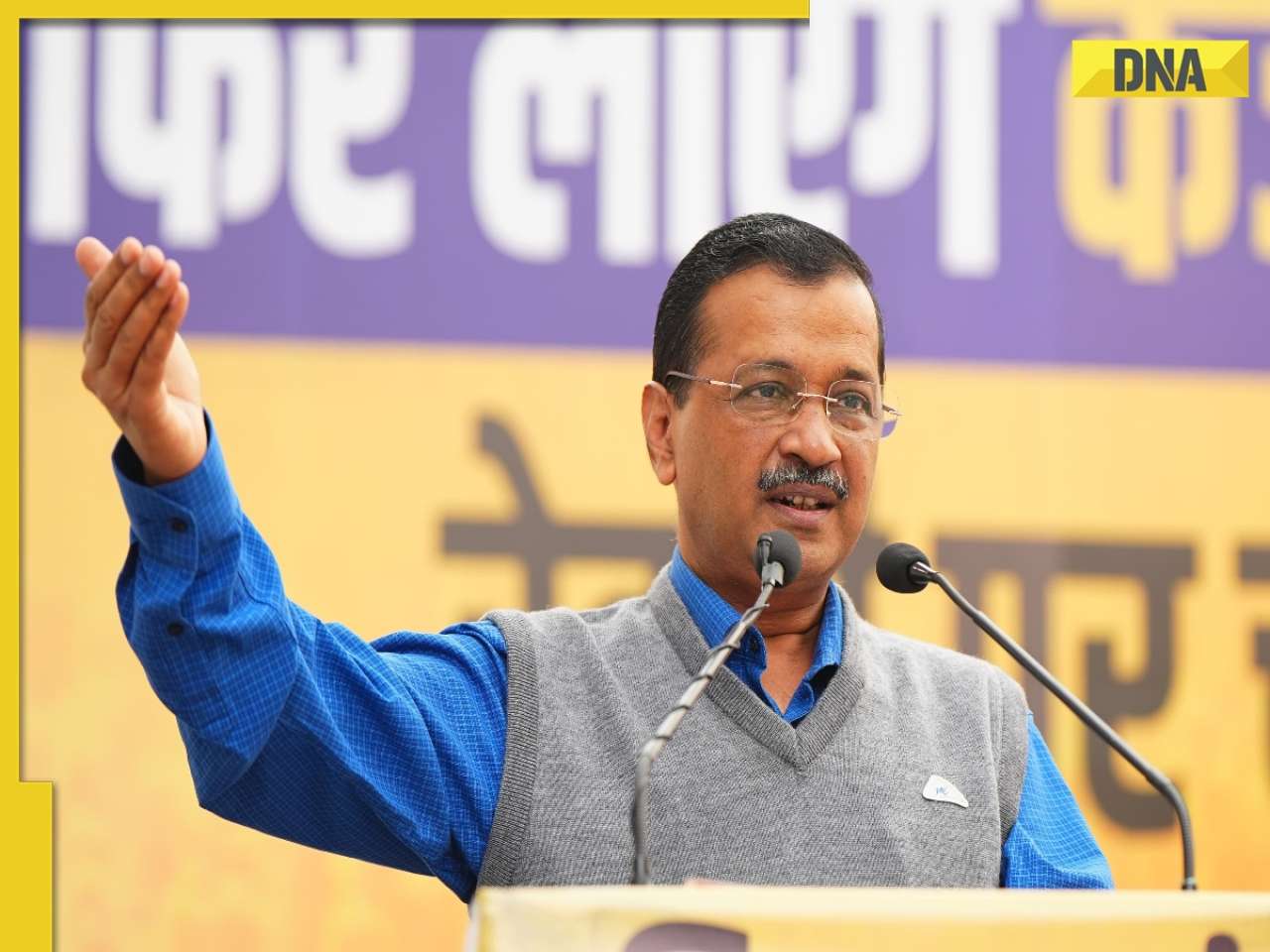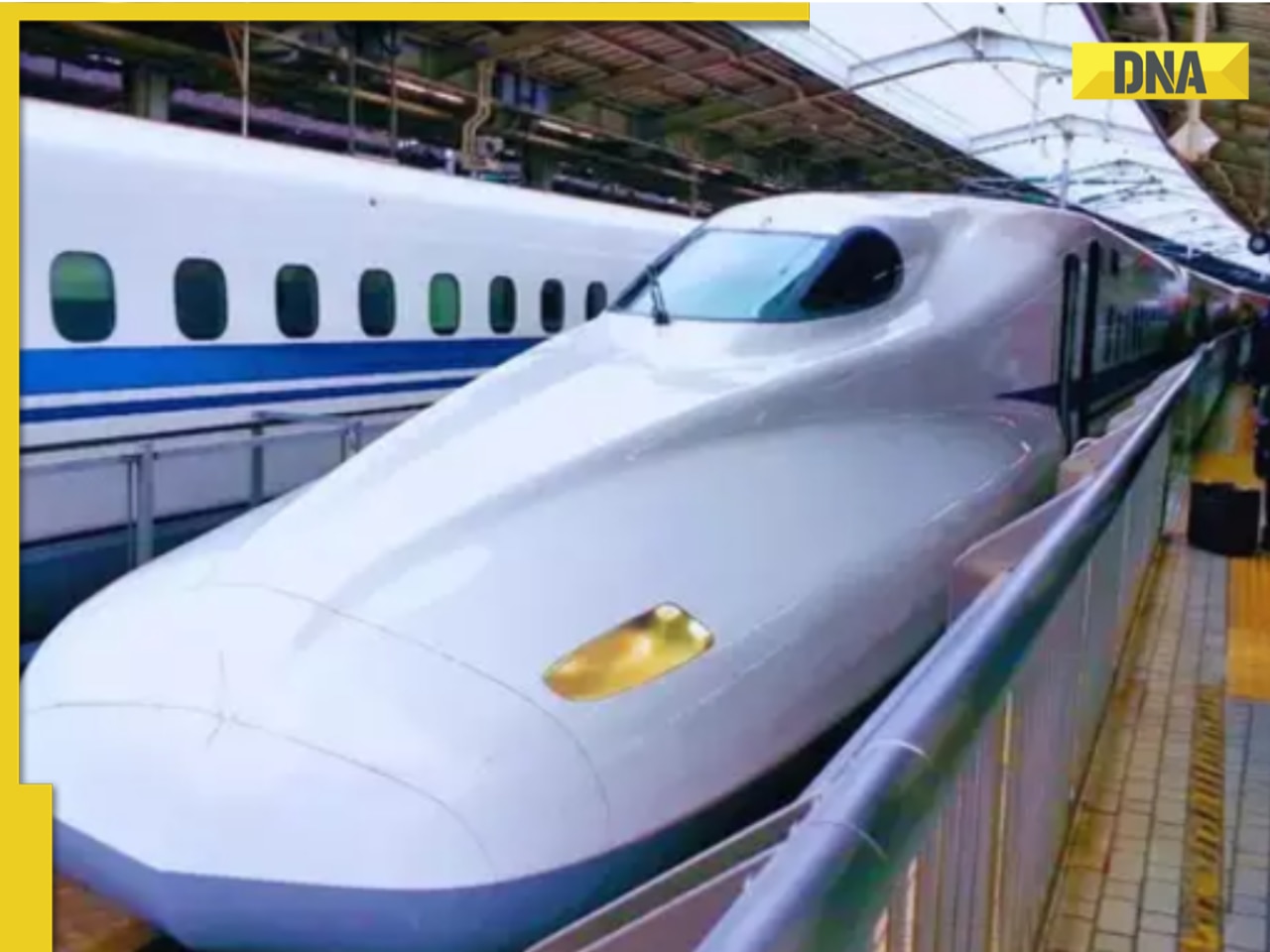- LATEST
- WEBSTORY
- TRENDING
BUSINESS
Micro-pensions can serve social security
Given the scope of play, there is a strong case for regulating such schemes, too.
TRENDING NOW
Given the scope of play, there is a strong case for regulating such schemes, too.
Comment by Mukul G Asher
Increasing the proportion of population with access to pensions is among the major social security challenges facing India.
Only about a fifth of India’s 460 million strong labour force and about a quarter of its 90 million elderly currently benefit from at least one of the elements of India’s multi-pronged social security system.
Rising life expectancy and lower fertility rates are projected to increase the number of elderly to around 330 million in 2050. Each elderly will require support for a longer period. In 2005, an Indian man reaching 60 years of age can on an average be expected to live for another 17 years and an average woman for 18 years. This will increase with rising incomes, and so will the gap in life expectancy between men and women.
The challenge of providing old age financing to such a large number of persons over a prolonged period is further complicated by the heterogeneity of the population, and wide regional variations in demographic trends, economic performance and capacity to take advantage of increasing opportunities presented by a changing India. Inability of the labour market as it is currently functioning to generate sufficiently large number of economically productive and sustainable livelihoods in the formal and informal sectors also complicates the task of pension coverage.
It is in the above context that the role of micro-pensions, a decentralised and flexible instrument, needs to be considered.
A typical micro-pension scheme is based on voluntary savings, accumulated over a long period and intermediated through financial and capital markets by a professional fund manager.
The total amount accumulated depends on contributions (less permitted pre-retirement withdrawals), and investment returns net of administrative, investment management and other expenses.
At an agreed-upon withdrawal age (usually 58 or 60 years), the accumulated balances can be withdrawn in a lump-sum, a phased withdrawal, annuity or some combination of these methods.
Two micro-pension schemes, both involving UTI AMC as fund manager, are in operation. The first by Self Employed Women Association (SEWA) was launched in April 2006; while the second by Bihar Milk Cooperative (COMFED) was launched in September 2006. Their combined membership is only 1 lakh.
In contrast, it is estimated that about 35 million individuals have benefited from micro-finance schemes, primarily through self-help groups (SHGs). While the short-term nature of SHG activities, and relatively short life span of most SHGs are not directly comparable to the long-term nature of the micro-pension schemes based on individuals, the members of the SHGs are potential customers for micro-pension schemes.
To make micro-pensions more attractive, C K Prahalad’s argument in his 2005 book The Fortune from the Bottom of the Pyramid that considerable innovation, which enables provision of goods and services to the poor at a fraction of the cost to the middle and high income groups, should be applied to micro-pensions. This will require that organisations involved in micro-pension industry are able to benefit from economies of scale and scope.
First, in accumulation and pay-out phases, the transaction costs associated with record-keeping, payment of benefits, communication to members, and investment policies and management should be minimised.
There are indications that in both the current schemes, there is scope for much greater efficiency in record-keeping operations and in undertaking member communications more effectively.
Second, in savings-based micro-pension schemes, investment, macroeconomic and other risks are borne by the individual. Risk-sharing arrangements have therefore been often advocated.
Some have argued for co-contributions by the government at the accumulation stage for participants in micro-pensions. Other options include risk sharing by the society (through government) at the pay-out phase. These could be in the form of special bonds or bank deposits with higher interest rates for senior citizens (with a cap on total investment) which vary according to market interest rates on long-term government bonds. This can be combined with well-targeted and reasonably funded old age assistance schemes financed from general budgetary revenue.
More research is needed in the Indian context before designing risk-sharing options. In particular, political economy considerations, where populist policies could trump financial and economic sustainability, should play an important role in design of such options. It would appear that co-contributions by the government at the accumulation stage may be particularly vulnerable to dysfunctional populist policies.
Third, arrangements during the pay-out phase need to be carefully considered while 40% lump-sum withdrawal of the accumulated funds appears realistic. The mandating of annuities, however, requires reconsideration. This is because the annuity markets are likely to be priced very conservatively, and product choices will remain limited, in the absence of long term assets required to match long term liabilities of annuities. A phased withdrawal scheme, linked to tax-advantaged senior citizen deposit or bond, merits consideration.
Fourth, micro-pensions represent a long-term financial contract, with potential for significant agency problems, and systemic risk to the financial system.
There is, therefore, a strong case for regulating micro-pension. Pension Fund Regulatory and Development Authority (PFRDA) should consider forming a separate division for micro-pension, and closely coordinate with SEBI, IRDA and NABARD. These regulators, along with RBI and the Ministry of Finance, should ensure financial stability by minimising systemic risk, and make progress towards financial inclusion goals.
Combined efforts of social entrepreneurs, financial institutions, the research community, and policymakers can help meet these challenges; and enable micro-pensions to play a useful, though relatively limited, role of social security.
The writer is professor of public policy, National University of Singapore








)
)
)
)
)
)
)
)
)
)
)
)
)
)
)






